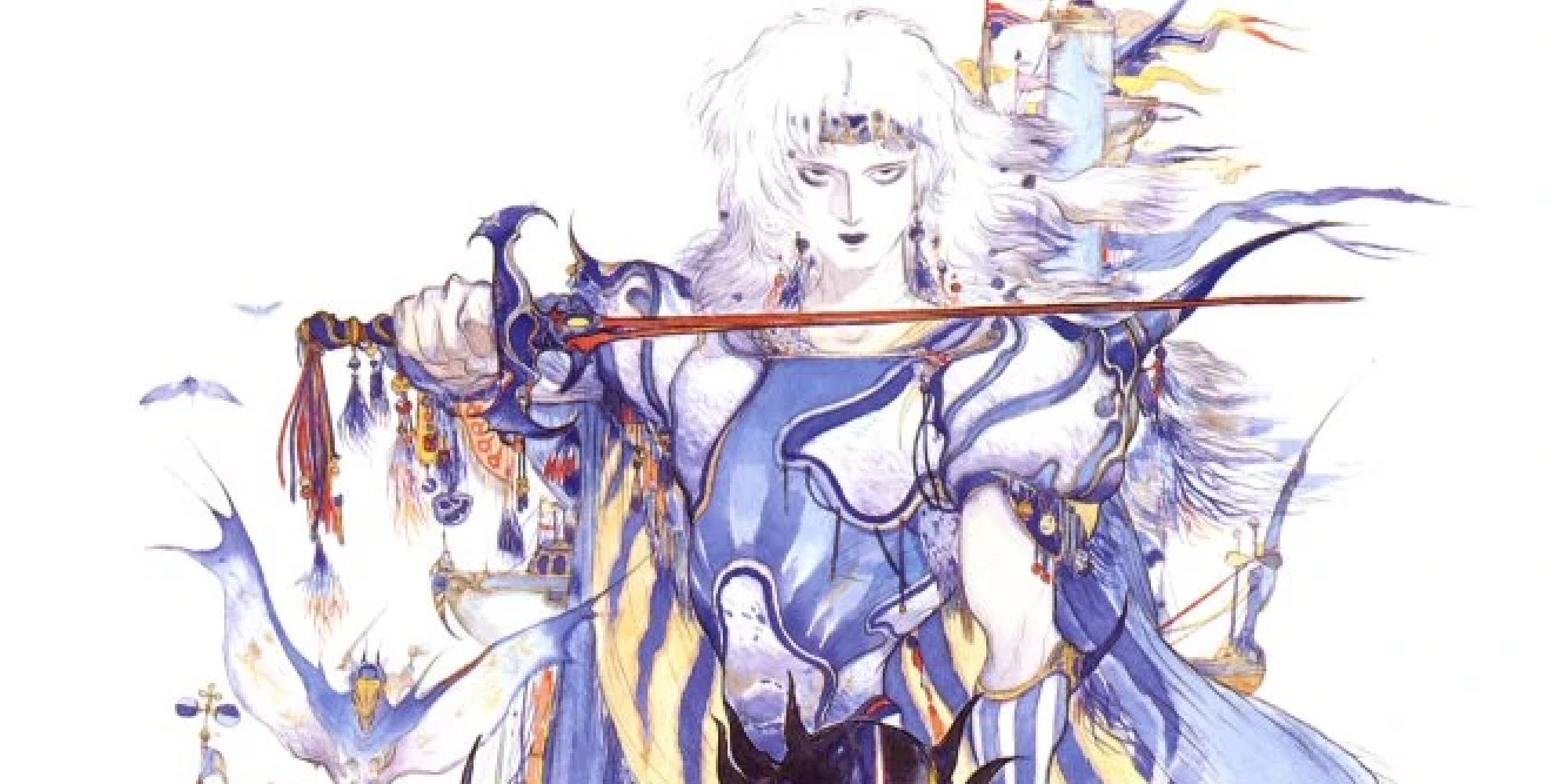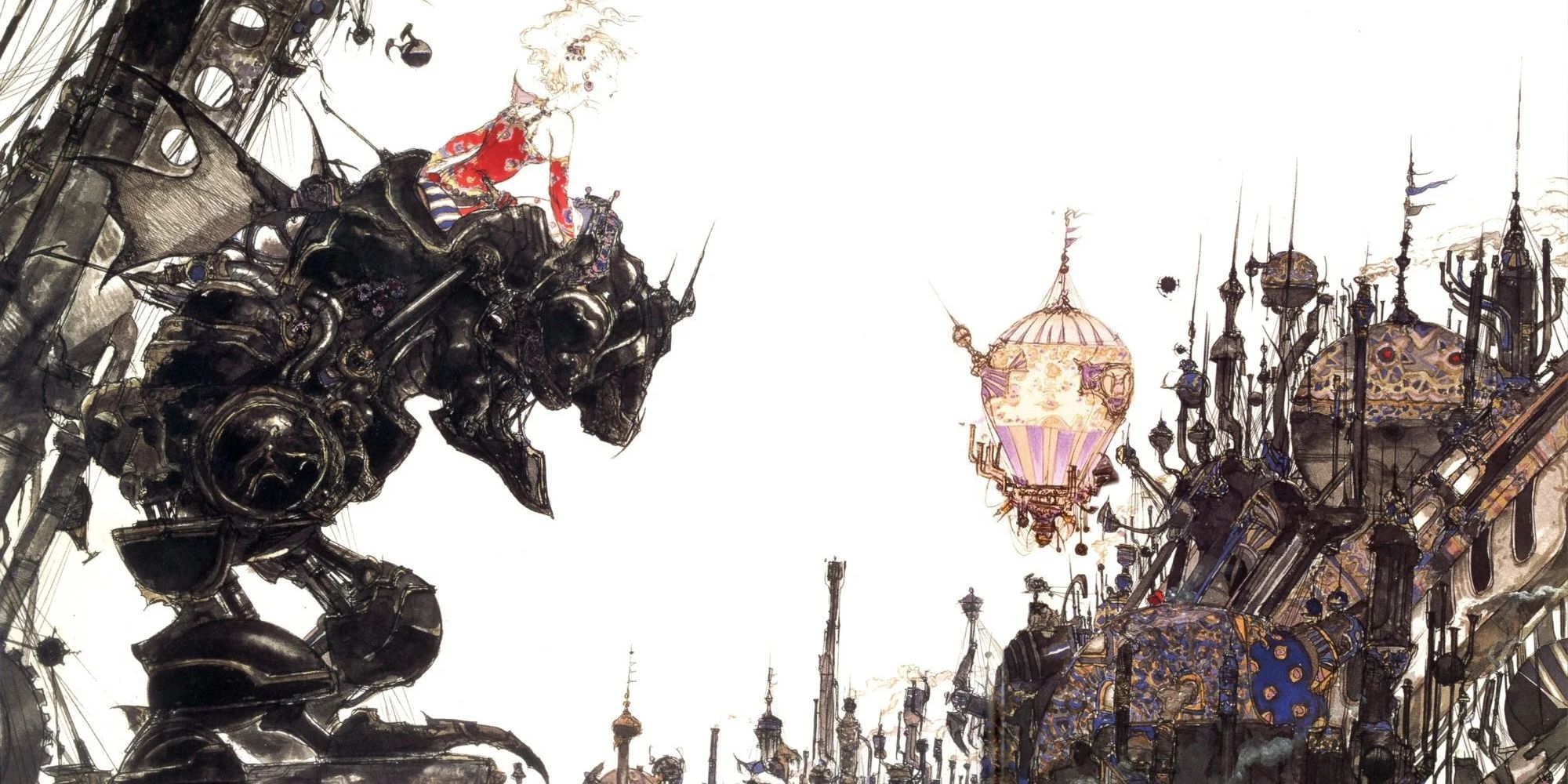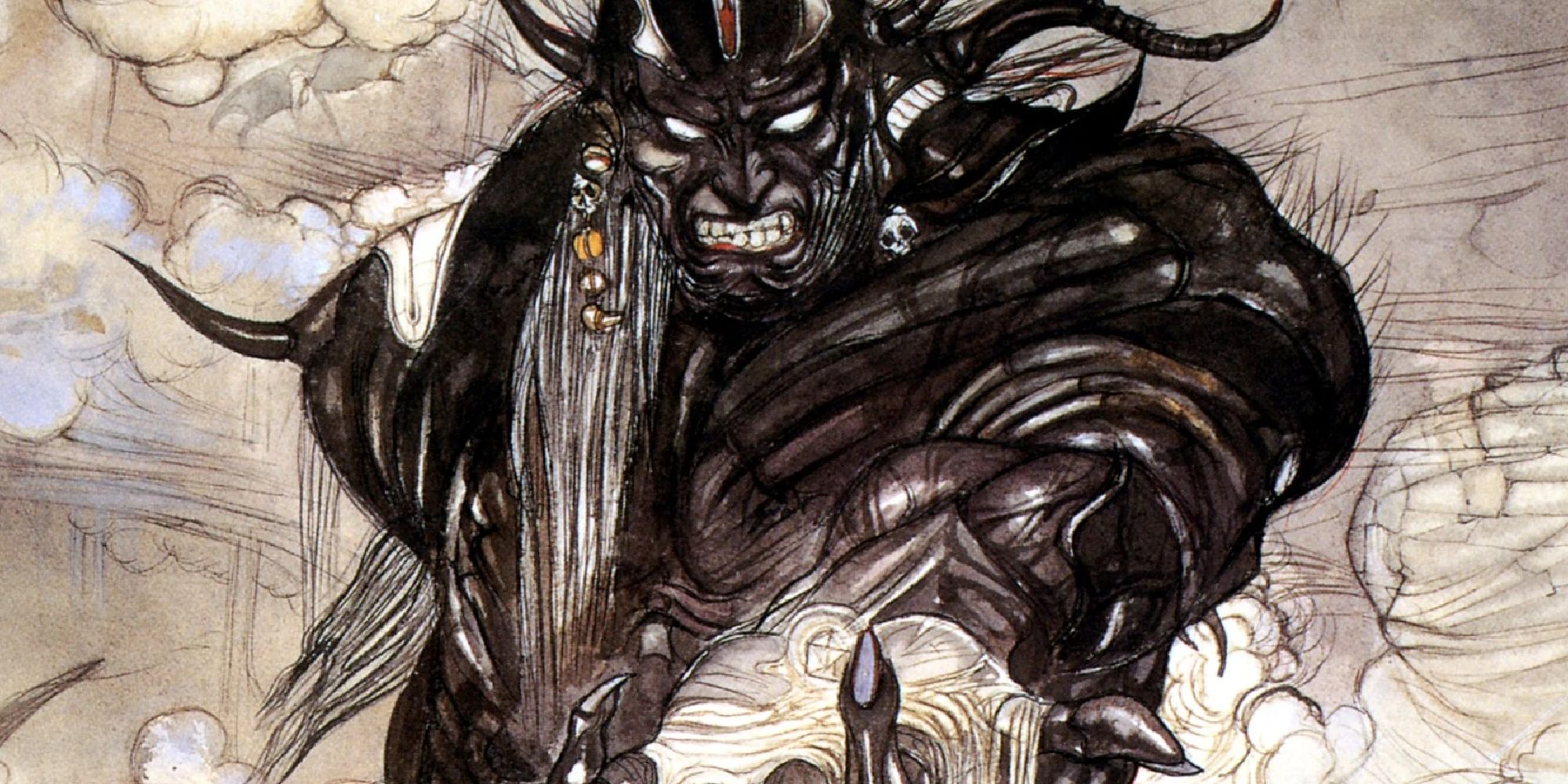Yoshitaka Amano is one of the most important names in video game art. Best known for character and conceptual designs for the Final Fantasy series, the products of Amano's decades-long career have received global acclaim for their distinctive, dreamlike quality. His work is as iconic to Square Enix's flagship franchise as its magic and moogles, and it's one of the biggest appeals of the series, particularly its older entries.
However, despite positive reception to Amano's art, no mainline Final Fantasy game has truly reflected his work. From the beginning of the series, there has always been a clear visual disconnect between what Amano drew and what the developers were capable of representing on-screen. This made sense in the '90s, but times have changed and graphics are better than they have ever been. Yet, for all these advancements, no Final Fantasy truly looks like Amano's work brought to life -- and it's high time for that to change.
Despite having largely stepped down from his role as Final Fantasy's character designer, Yoshitaka Amano is arguably still the most distinctive artist the series has ever had. His work is fantastical, sometimes interpretive and often extravagant in the best possible way. It strongly underscores the "fantasy" half of the franchise's title, with its black-clad knights, long-bearded wizards and beautiful maidens wreathed in power. One could hardly call it realistic, but that's exactly what makes it stand out so much, especially in an age where the series has embraced photorealism for its core games.
This is not to say that the likes of Tetusya Nomura and other artists who took over the series' character designs are bad at what they do -- far from it. These creators have their own appeal and have clearly earned their fair share of fans. As such, they have been the ones to determine the series' visual direction since the late '90s. However, despite being the first name in Final Fantasy art, Amano has never been given the same honor. Not only have newer games distanced themselves from his style, but remakes of the titles he worked on are more loyal to the original sprites than his concept paintings.
It does make some sense for the remasters to stay true their originals. The fandom's mixed reception to the changes of the iOS remakes proves the old sprites are still beloved. Changing them again, even to honor Amano, would probably be controversial. That very fact is probably why Final Fantasy Pixel Remaster looks similar to those earlier games. Still, this doesn't explain why, after so much time, the potential of Amano's work is still being ignored.
Final Fantasy games consistently perform well critically and commercially, but all that success can't hide the fact that they aren't as visually unique as they once were. Every step towards realism distances the series from its magical origins, opting instead for a grittier artistic tone. While that makes sense for urban fantasy games like FFXV and FFVII Remake that intentionally evoke a world much closer in technology to the real one, it makes far less for titles like Final Fantasy Origin.
In fact, Origin is arguably Square Enix's biggest missed opportunity for an Amano-styled game. Not only does it return players to a setting he drew, but his eldritch-looking Fiends and terrifyingly inhuman "Cloudsea Djinn" design for Garland could have fit perfectly into a darker, more horror-adjacent Final Fantasy game. Instead, Origin is throwing photorealistic characters into a dark temple. As a result, while the broody color palette and flashy effects make it look good by AAA video game standards, its lack of visual cohesion or creativity makes for a surprisingly uninspired-looking game.
Origin still has time to redeem itself, but its unimpressive first showing only illustrates the need for a Final Fantasy game that truly represents Amano's work. While there have been some attempts to bring his characters to life in Square Enix's current graphic style, the combination of realistic humans and his fanciful costumes has never quite looked natural.
More appropriate would be styling an entire game like one of Amano's paintings, crafting an aesthetic more comparable to something like Okami than any of the modern Final Fantasy games. Such a thing could be a gamble, especially after so many years of realistic-looking titles, but Amano's importance and the masterful beauty of his work makes it a risk worth taking.



